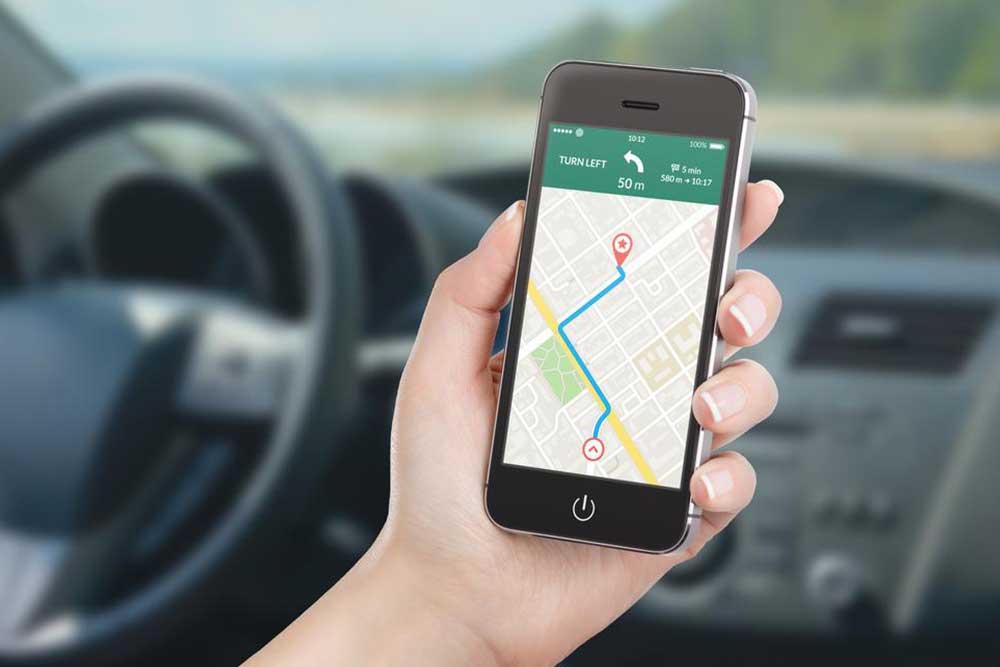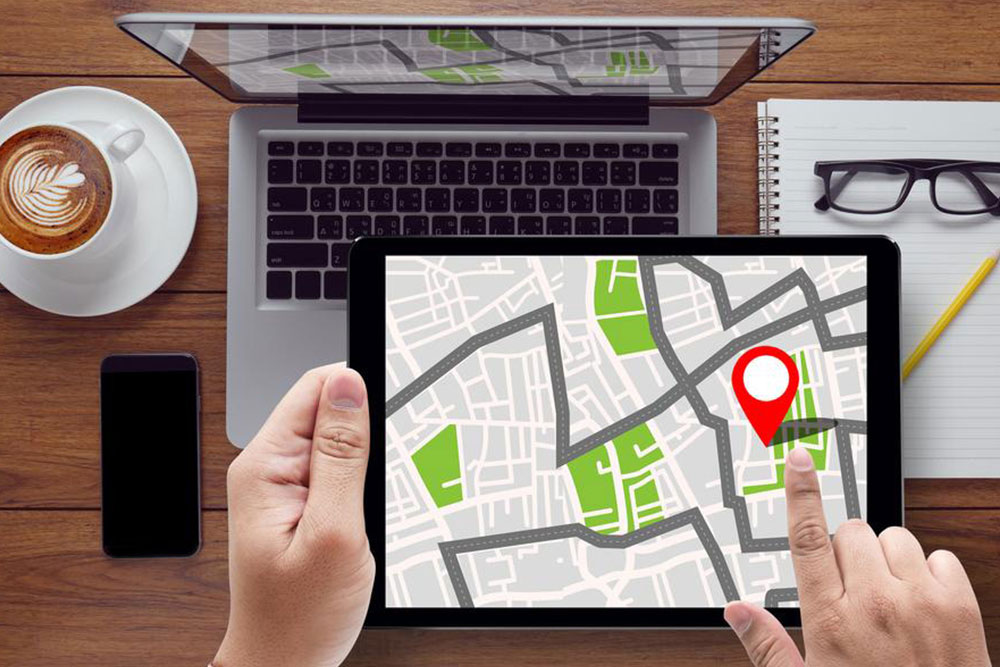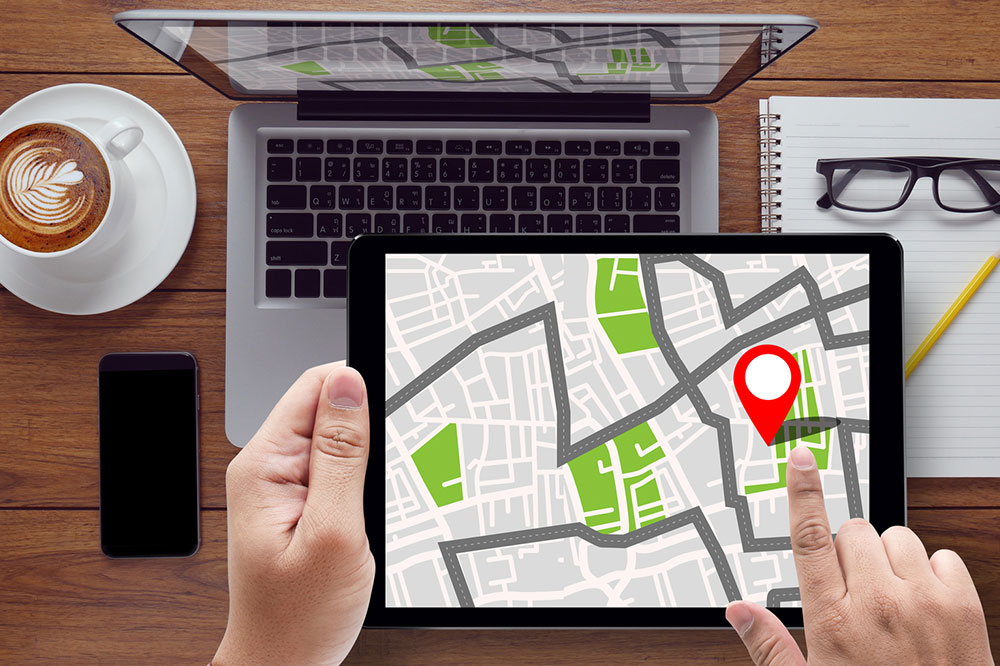Apple Maps vs. Google Maps: Which Navigation App Reigns Supreme?
A detailed comparison of Apple Maps and Google Maps, examining their features, usability, and unique functionalities. Discover which navigation app best suits your travel and daily commuting needs. Learn about their differences in search, navigation experience, and standout features to make an informed choice for seamless navigation.

In the world of digital navigation, choosing the right map application can significantly impact your travel experience. Apple Maps and Google Maps are two of the most popular navigation tools available today, each offering a suite of features tailored to different user preferences. For iPhone users, selecting between these two options becomes an essential decision—each with distinct advantages and drawbacks. This comprehensive comparison explores their features, usability, and unique functionalities to help you determine which app is best suited for your navigation needs.
Apple Maps, introduced in 2012, has undergone numerous improvements and expansions, transforming from a basic mapping application into a robust navigation tool integrated seamlessly with the Apple ecosystem. Conversely, Google Maps, launched much earlier, has established itself as a comprehensive mapping service relied upon worldwide. Both apps are free, but their functionalities, update mechanisms, and supplementary features differ, influencing user choice. This article provides an in-depth look into their availability, search capabilities, navigation experiences, and standout features.
Availability and Cost: Accessibility for All Users
Price and Installation
One of the fundamental factors in choosing a navigation app is cost. Both Apple Maps and Google Maps are free to download and use, making them accessible to a wide audience. Apple Maps is pre-installed on all Apple devices such as iPhones, iPads, and Macs, and updates automatically with iOS operating system updates, ensuring users always have the latest features and improvements. Google Maps, on the other hand, is available for download from major app stores and can be installed on both Android and iOS devices. It receives regular updates through app store releases, which typically include bug fixes, feature enhancements, and new functionalities.
Since Apple Maps comes bundled with Apple devices, users do not need to take additional steps to install or update it, whereas Google Maps requires manual updates via app stores unless set to update automatically. Both apps can be set as the default navigation tool on your device, providing flexibility based on user preferences.
Search Capabilities and Directions: Finding Your Way Effortlessly
Ease of Searching and Route Planning
Accurate and quick navigation hinges on robust search capabilities. Apple Maps offers estimated travel times for driving, walking, and public transit routes, providing a straightforward interface for quick navigation. However, it offers fewer options for alternative transportation methods. Google Maps delivers broader options, including cycling routes, detailed directions for multiple transport modes, and extensive points of interest. Its search results are enriched with business hours, ratings, photographs, and user reviews, making it a comprehensive guide for travelers.
Google Maps often sorts search results based on proximity and user preferences, facilitating easier discovery of nearby services and destinations. The app also provides filtering options, allowing users to customize their search results according to specific criteria, such as open hours or high-rated establishments. This makes Google Maps particularly useful for exploring unfamiliar areas and finding the best routes for various transportation modes.
Navigation Experience: How Do They Guide You?
Real-time Guidance and Visual Features
The core of any navigation app lies in its ability to guide users effectively. Google Maps excels in real-time navigation with voice-controlled commands, traffic updates, and rerouting capabilities that adapt instantly to changing conditions. Its real-time traffic data helps users avoid congestion and delays, enhancing travel efficiency. Additionally, Google Maps provides features like lane guidance and detailed turn-by-turn instructions, supporting safe and smooth driving experiences.
Apple Maps offers an equally refined navigation experience with a focus on visual clarity. Its detailed 3D map views and Flyover tours provide users with a realistic perspective of their surroundings, making navigation more intuitive in complex areas. The Flyover feature offers virtual tours of landmarks and cities, enriching the travel experience with immersive visuals. For ground-level imagery, Google’s Street View provides panoramic street-level photographs, allowing users to virtually explore destinations before arriving, which is particularly useful for tourists and explorers.
Distinctive Features: What Sets Them Apart?
Unique Functionalities and User Benefits
Every navigation app has its standout features designed to cater to specific user needs. Apple Maps’ signature feature is Flyover Tours, enabling users to experience landmarks virtually with animated 3D visuals. This feature is particularly attractive for travelers seeking virtual exploration of destinations before actual visits. Additionally, Apple Maps integrates seamlessly with other Apple services like Siri, Apple Watch, and CarPlay, providing a cohesive ecosystem experience.
Google Maps, by contrast, is renowned for Street View, which offers ground-level panoramic imagery that helps users familiarize themselves with their surroundings. This feature is invaluable for navigation in unfamiliar areas, making it easier to recognize landmarks and street layouts. Google Maps also provides detailed indoor maps for airports, shopping malls, and transit stations, adding another layer of convenience for travelers.
Which App Is Better for You?
Ultimately, the decision between Apple Maps and Google Maps depends on individual needs and preferences. If you prioritize seamless integration within the Apple ecosystem, immersive 3D visuals, and virtual tours, Apple Maps is an excellent choice. Conversely, if you require extensive search options, detailed local information, multi-modal transportation guidance, and ground-level imagery, Google Maps might better suit your requirements. Both apps are continuously evolving, incorporating user feedback and technological advancements.
Conclusion: Navigating Your Future
Choosing the right navigation app can greatly improve your travel experience, whether you're commuting daily or exploring new cities. Apple Maps and Google Maps each bring unique strengths to the table, making them top contenders in the digital mapping space. By understanding their features, updates, and special functionalities, users can select the app that best matches their navigation style and needs, ensuring safer and more efficient journeys ahead.





